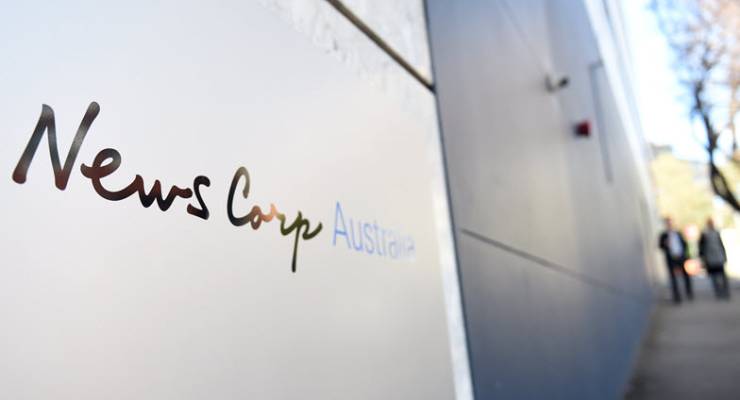
For the first time since 2017, News Corp has published up to date print and digital subscriber numbers for its key Australian newspapers, revealing that while print sales may be down, the number of digital subscribers has exploded in the year to June 30, with The Australian leading the way.
News Corp and Fairfax Media, along with Seven West Media, stopped providing print and digital data to external audit groups (such as the old Audit Bureau of Circulations) in 2017, so the figures for January-June 2017 quarter are the last independent figures. The updated list is contained in the company’s annual report filed with the US Securities & Exchange Commission, along with details of its UK papers (which are otherwise freely available each month) and US papers.
No comparative figures were given in the report, but historical Audit Bureau of Circulation figures for the January-June period of 2017 are still listed on Wikipedia and allow for comparisons.
News Corp circulation and subscription data. Click to enlarge.
The Australian clearly has done better than any other paper at News — its combined print sales/digital subscribers total 224,364. That’s a 24.8% jump from the combined figure of June 2017 (179,789) and is more than the paper’s print sales peak of 140,000 copies a day in the July-September quarter of 2008. This gain comes solely from the 53% jump (up more than 47,000) in digital subs in 2017-18.
But this digital performance wasn’t confined to the Oz — the Herald Sun saw its digital subs jump 41% to 108,801 at June 30, while the number of print copies dropped 26,000 or 8.5%. Its combined June figure of 386,867 looks impressive, but pales when compared to the peak print daily sales of 554,700 in 2006.
For the first time, digital subs figures were provided for The Courier Mail in Brisbane (80,291 or around 64% of the print run of 125,000 a day) and The Advertiser in Adelaide (85,770, or more than 80% of the print figure of 106,171 a day).
The Courier Mail’s total print/digital figure of 205,300 doesn’t come anywhere near the peak print figure of 204,500 in 2008, while The Advertiser’s combined figure of nearly 192,000 is well short of the top print figure of 222,6000 back in 2003.
The latest data also confirms the extent of the slide in the sales of The Sunday Telegraph in Sydney. While it remains the biggest selling paper in Australia (daily or Sunday) with 334,209 (just ahead of the Sunday Herald Sun with 325,592), The Sunday Telegraph’s sales are now a long way short of the 734,021 average back in 2003 and the 516,585 copies a day in July-September 2013. The Sunday Herald Sun’s sales are also well short of their peak of 623,000 in 2006.









Are these numbers audited? Or are they just News Corp figures which we can, of course, trust?
SEC filings are audited thoroughly.
It’s worth a visit to the link (above) to the study investigating the viability of a “100% renewable grid”. Check out the assumptions they have to make, and the costs they have to exclude, to make it seem viable.
As a future projection, the 2013 study assumes the successful development of sustainable ” large utility-scale energy storage technologies: batteries; biomass, as solid matter and as biogas; compressed air; pumped hydroelectricity; and molten salt thermal energy storage”. The study explicitly excludes nuclear.
Since then, in 2017 a similar study for the USA (Jacobson et al) was analysed and their assumptions found to be faulty (Clack et al, Nature 2017). Clack et al, themselves including providers of renewables, found that full decarbonisation would require planners to “include nuclear in the mix” of power sources. Jacobson et al did not try to fight it with facts and figures, but threatened them with legal action instead. That’s worth a read too.
I think you posted this in the wrong place!